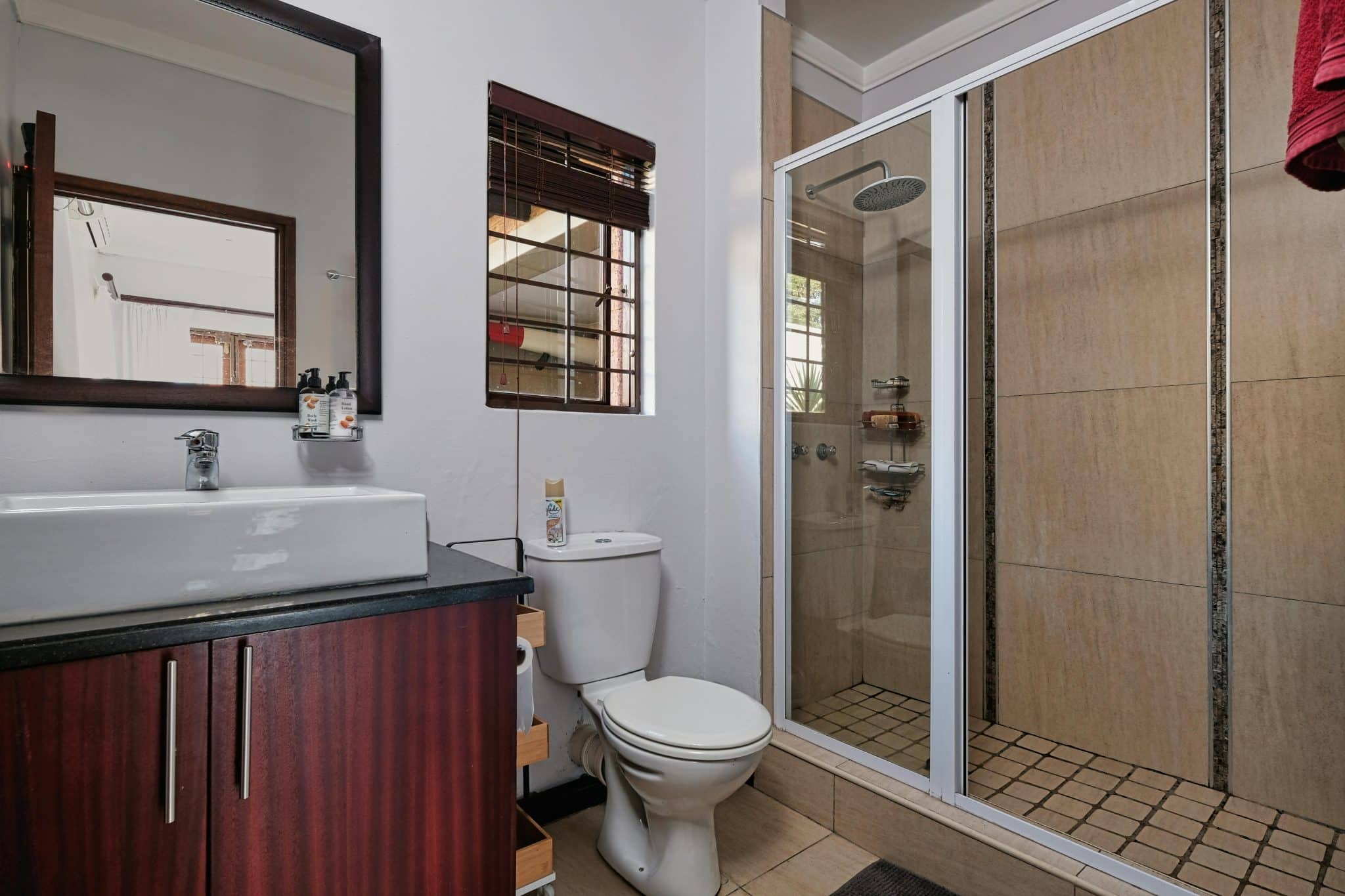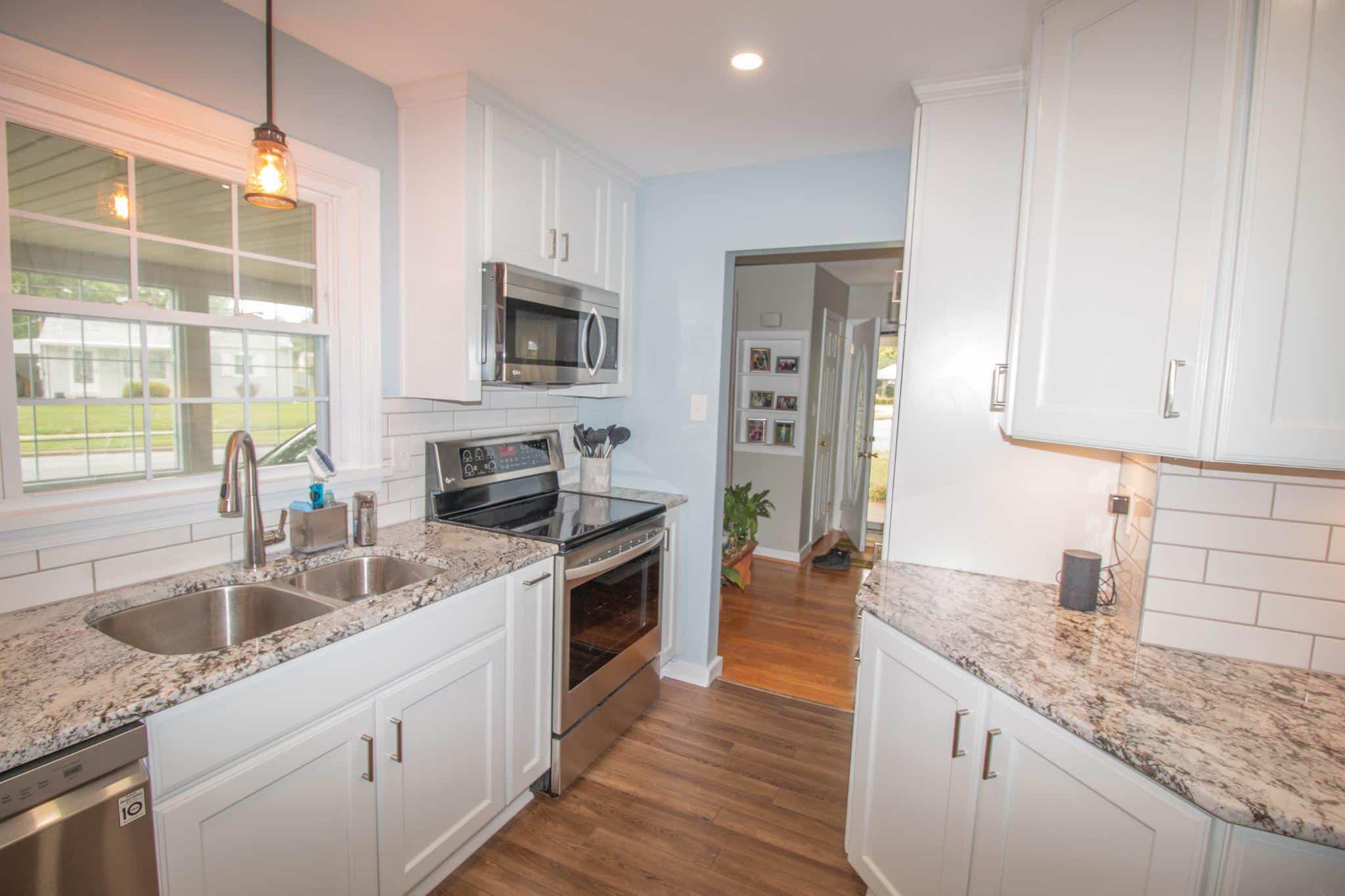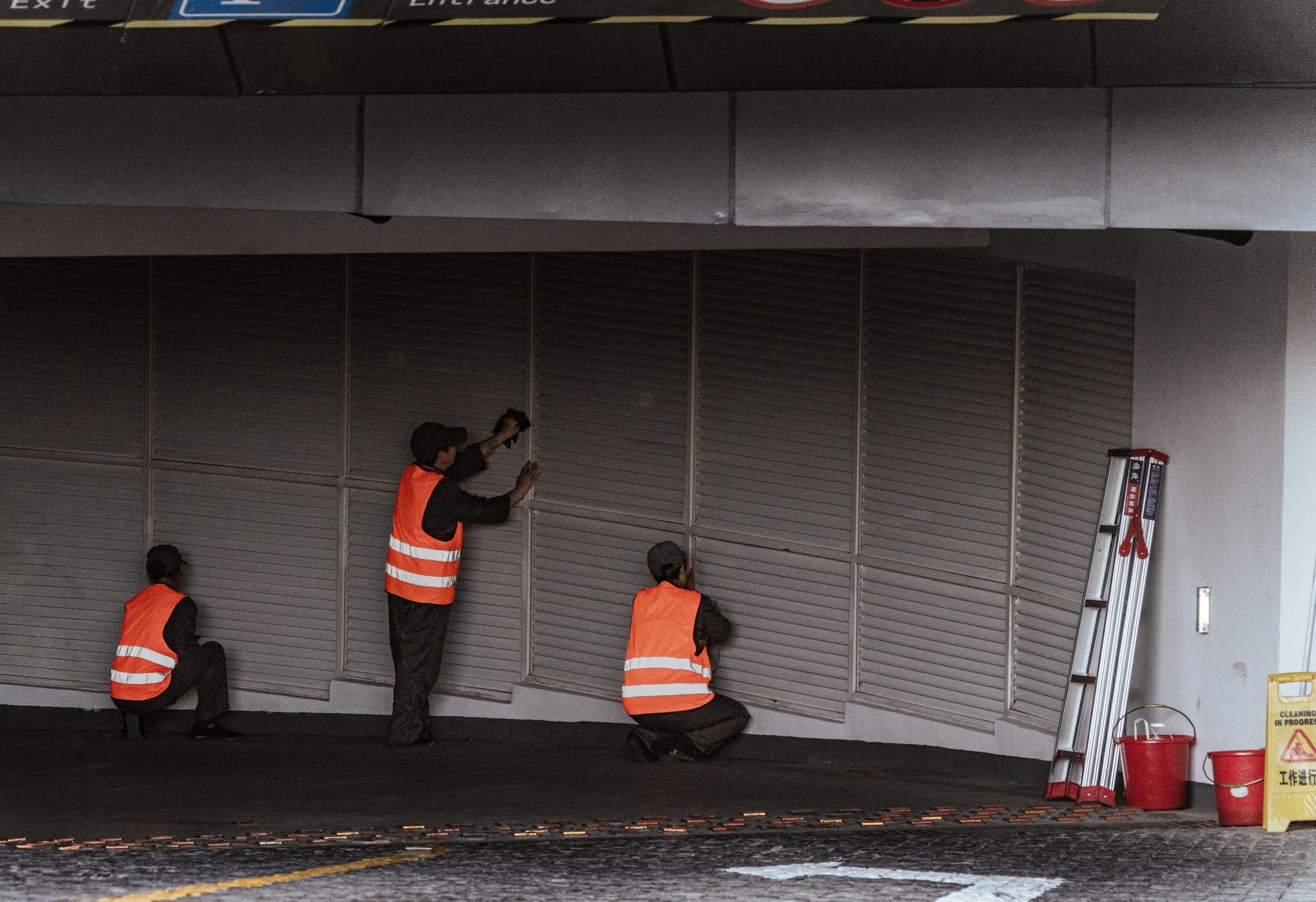More than just a functional space, many homeowners consider the bathroom a place for relaxation and comfort. Fulfilling both roles means that, aside from supporting daily routines, the bathroom must also serve as an extension of the home’s aesthetic.
It is easy to get caught up in how design choices can enhance daily experiences, but how a bathroom looks can also impact the essential systems that make this space usable. Plumbing, in particular, often does not receive much attention during the planning stage of a renovation, yet it is one of the most crucial elements of the bathroom.
So, in this article, you’ll see how the layout of your bathroom can affect plumbing and how careful planning can help you avoid common mistakes while improving this space.
Plumbing Foundations and Layout Essentials
A bathroom renovation must begin with an understanding of the plumbing systems that lend function to the room. Regardless of style or size, every bathroom relies on two fundamental networks: the water supply, which delivers clean hot and cold water, and the drainage system, which carries wastewater away.
These systems depend on venting, slope, and pipe placement to work properly. Consequently, the bathroom layout dictates how far supply and waste lines need to travel and whether they must pass through walls or floors, as well as how they connect to the main systems in the house.
Additionally, the extent of renovation relies on the placement of fixtures. This is because the further a fixture is placed from existing lines, the more work is required. Walls may need to be opened or floors lifted to reroute pipes. Another element that can be especially sensitive to layout choices is drainage. If the slope of pipes is not correct, water may fail to flow away efficiently, creating backups, odors, and leaks.
Taken together, these factors point to the importance of planning a bathroom layout with careful attention to plumbing. Moreover, hiring plumbers Dunedin residents trust can give homeowners peace of mind, as professional expertise ensures no detail is overlooked in this complex undertaking.
Fixture Placement and Its Effects
Choosing where to put the sink, toilet, shower, and bathtub influences plumbing design more than most homeowners realise. A sink positioned on the same wall as existing plumbing can be connected quickly, but relocating it across the room may require rerouting both supply and drainage lines.
Meanwhile, moving a toilet is particularly costly because it entails making space for larger pipes and attaining the precise slope needed for waste removal. The same applies to showers and tubs, which require adjustments not only to water supply and drains but also to waterproofing and venting.
Even small shifts in fixture placement can dramatically increase renovation complexity. For example, relocating a toilet or shower a few feet away from its original position may involve cutting into flooring or walls and adjusting structural supports to allow for the new pipe path. Then, there are upstairs bathrooms, which often call for more work because plumbing must be run vertically or through joists, sometimes requiring reinforcement of the structure.
In short, the closer you keep fixtures to their existing connections, the easier and more affordable the renovation will be.
Size, Shape, and Structural Constraints
A bathroom’s shape and dimensions have a direct effect on how plumbing can be arranged. A narrow space, for instance, may require longer pipe runs, which can affect water pressure and drainage efficiency. Angled walls or unusual room shapes, on the other hand, can complicate the routing of pipes and require longer paths or access to difficult spaces.
Similarly, structural limitations play an important role in bathroom renovations. Specialised work is typically needed in cases where plumbing lines need to pass through joists, beams, or even concrete slabs. Cutting into a slab to run new piping involves heavy labour and equipment, while routing through joists may require reinforcement to maintain the integrity of the structure. Without careful planning, these challenges can slow down a renovation and introduce unexpected expenses.
Cost and Practical Planning in Bathroom Layout
Every bathroom layout decision carries implications for renovation expense and difficulty. Relocating fixtures often requires additional piping, venting, and labour, which can significantly increase costs. To make controlling renovation costs easier, consider planning your design based on existing plumbing.
If possible, opt for minor layout changes that are more affordable, such as adjusting the vanity location while keeping it aligned with the current drain and supply. Beyond cost, think ahead to long-term functionality and how layout can impact future maintenance and repairs. This involves choosing a layout that provides clear access to pipes and fixtures, which can reduce recurring costs and minimise the need for invasive work later.
When it comes to bathrooms, the phrase “form and function” might not seem to apply readily. Yet when you consider just how much work can go into keeping this space usable while accommodating design preferences, a deeper appreciation emerges. With this in mind, you can plan a bathroom renovation that prioritises not just aesthetics but also complexity and long-term purpose.








